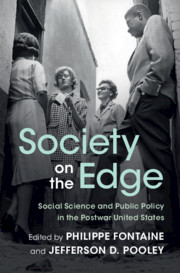8 - Addiction
Published online by Cambridge University Press: 28 November 2020
Summary
Chapter 8 addresses the social science of drug addiction. The study of the “opium problem” (an early label) was, from its 1910s beginning, entangled with the federal government. Federal institutions generally promoted research that located addiction in personal psychology or the properties of drugs and their effects on the brain. There was, from the 1930s onward, a marginal but persistent alternative-exemplified by sociologists Alfred Lindesmith and Howard S. Becker-focused on the social process of definition, one that involved “addicts” themselves interacting with their social environment. An avalanche of new interest in the 1960s and 1970s-a response to a perceived drugs crisis and follow-on funding and policy mandates that brought into being the National Institute on Drug Abuse (NIDA)-brought epidemiologists, economists, and anthropologists into the research mix. The social sciences of addiction was a century-long jurisdictional melee, with the notable inclusion of fields bordering on, or fully within, the natural sciences. The chapter concludes that the least “social” among them, neuroscience, came to dominate by the 1990s.
Keywords
- Type
- Chapter
- Information
- Society on the EdgeSocial Science and Public Policy in the Postwar United States, pp. 290 - 321Publisher: Cambridge University PressPrint publication year: 2020



